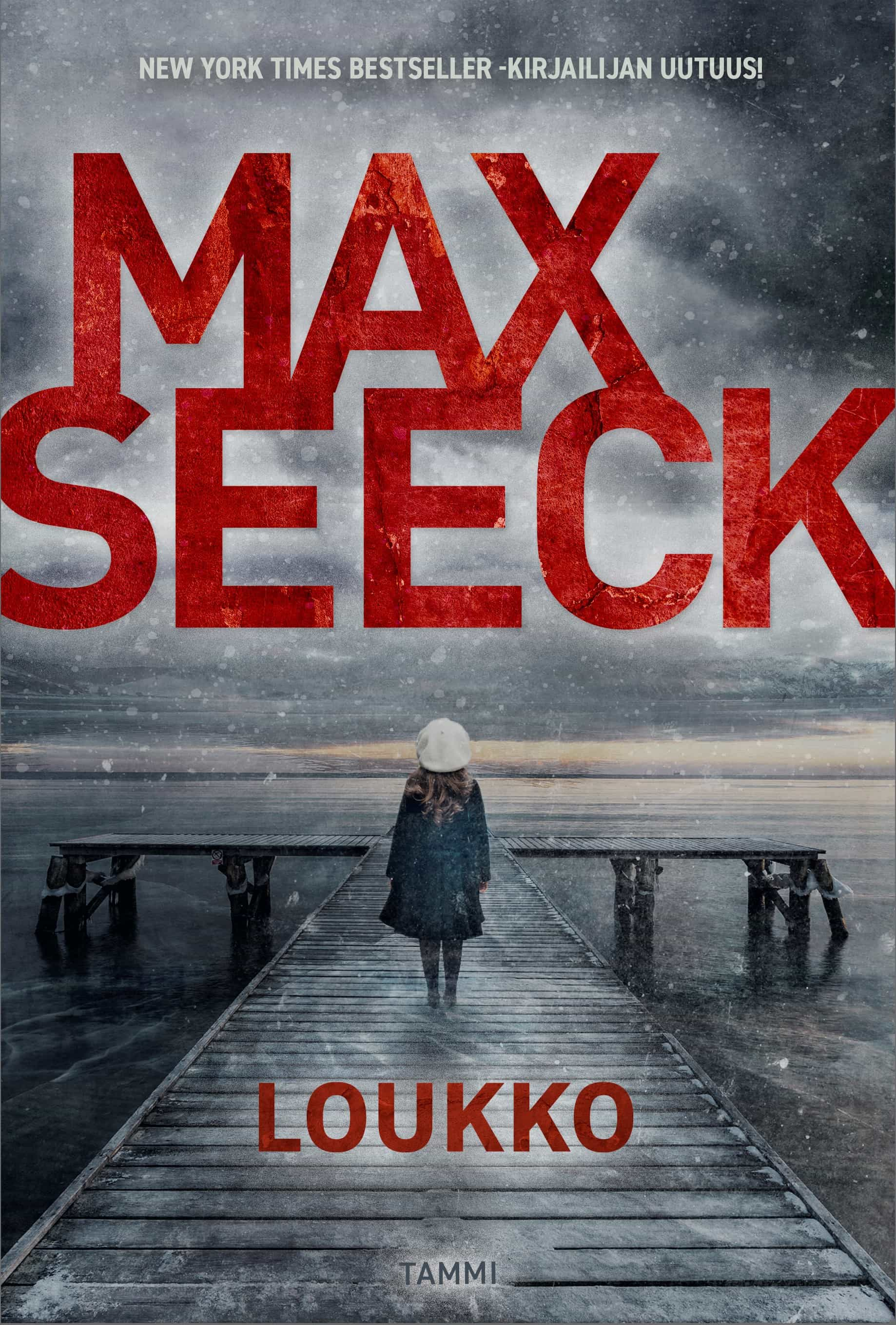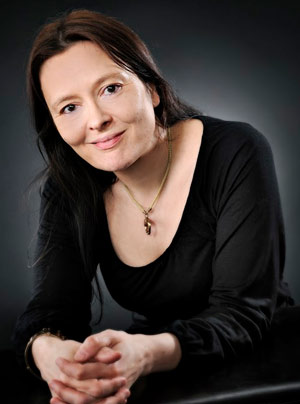Heavensky, the first book in the upcoming Key Keeper trilogy bySari Peltoniemi, was recently published in Finland. The book has been pitched as The Chronicles of Narnia meets the Famous Five with a Murakamian touch, and it has received great reviews on Goodreads: “An absolutely charming and enchanting fantasy story for children” and praised for its “lovely illustrations and a smooth and sympathetic plot with a bit of suspense.”
Peltoniemi’s oeuvre includes prose for adults and children, as well as lyrics for rock bands. She’s known for incorporating fantastic elements in her work, and her books have previously been translated into German, Japanese and Polish.
Click here for the English sample and synopsis of Heavensky!
Q: The Key Keeper Trilogy bears a resemblance to those classic children’s fantasy novels where boundaries between worlds are crossed, like The Lion, the Witch and the Wardrobe. Do you find children more open to the possibility of the unfamiliar or the fantastic than the adult readers?
A: They usually are. Children, in general, do not think about whether something could really happen in the real world. If the story sucks them in, it is real until the very last page. I think similarly and hold imagination in high esteem: it fascinates and entertains, but also helps us understand each other. If we can imagine, we can also identify with other people.
Q: In Heavensky, friendship and tolerance are central themes. What other issues are important in your opinion, when writing for children?
A: Usually it’s just the same themes as when writing for adults, like love and tolerance. I don’t want to shy away from sad or scary things either, or deliberately look at the world through pink glasses.
Q; You use a lot of references to Finnish mythology in your work. In what other ways do you think Finnish-ness shows in your books?
A: My books’ Finnish-ness is in those aforementioned little touches of rye bread realism, as I like to call it. It’s in the landscape and in the nature as a part of life. Of course it’s in the narrative ingredients as well: for example Heavensky’s wind spirits tuuletar and tuulenpoika are directly from the Finnish mythology. Also the emblems of the three novels – the clam, the slowworm and especially the swan – play central roles in Finnish folklore.
Q: You describe your Finnish Weird sort of style “organic fantasy”. Could you explain in your own words what you mean with that term?
A: I write fantastic stories, but tend to tie them to the everyday life in a way or another. Rarely do I write about extravagant adventures in imaginary kingdoms. I rather try to write fantasy stories which would be on the one hand surprising and on the other down-to-earth. I hope that the readers can read my books and imagine all that happening to themselves and not to some kings in faraway wonderlands. I wish that my fantasies would make the reader look at their surroundings in a new way, keep reading my stories – or think up their own ones!

 Loukko by
Loukko by 
